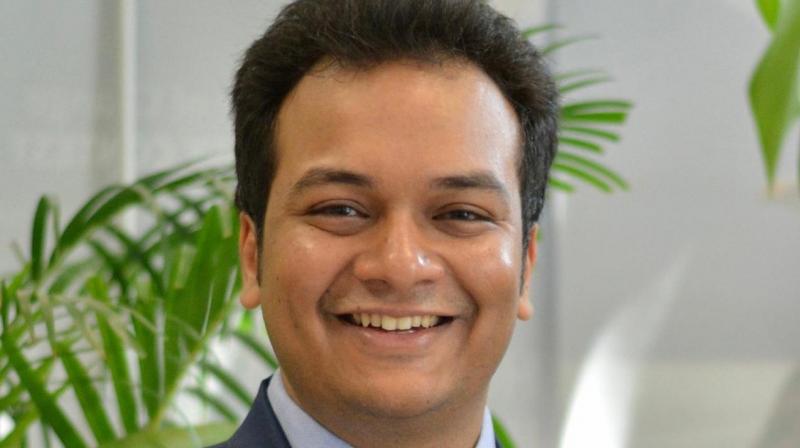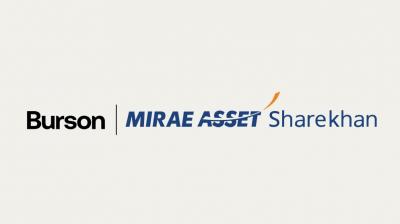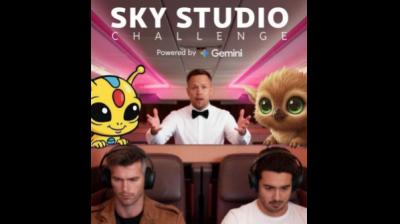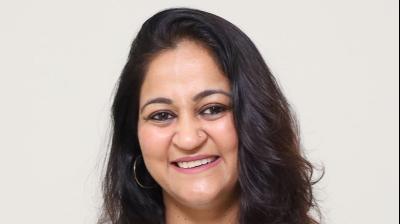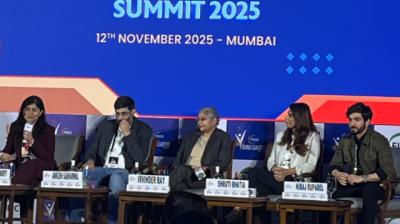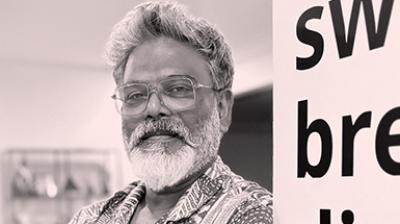In a category where travel ads often lean into starry endorsements and glossy aspirations, Cleartrip has chosen to go with relatability and humour for the festive season. The brand’s The Big Billion Days (TBBD) campaign, ‘Prices jo karde sabki chhutti,’ taps into family dynamics and everyday insights to make festive-season travel feel accessible and affordable. With expanded hotel inventory, initiatives such as pre-visa denial cover, and a near-total focus on digital-first media, the Flipkart-owned brand is aiming to win new users while deepening loyalty.
In a conversation with Manifest ahead of its TBBD launch, Govind Bansal, head, brand marketing, Cleartrip, opens up on the market insights that shaped the campaign and shares why the brand continues to bet almost entirely on digital-first storytelling.
Edited excerpts:
The Big Billion Days campaign leans heavily on inter-generational family dynamics to land its humour and message. What led you to choose this route over aspiration-driven storytelling?
When one thinks about travel ads, it's all a little bit about escapism, being frustrated with daily life, and wanting something different. That is travel, but sometimes you just want to relax at home, too. And there are certain annoyances, distractions that probably do not allow you to do that. I thought that insight was really interesting. The whole idea was to make something really relatable to people; an insight that people can connect with, one where we don't have to force something. In our FGDs and customer sessions, family consistently came up as the most important part of people’s lives. That’s when we thought: why not play around with this whole family dynamic?
We explored multiple relationships: one film focused on an older guy with his parents, the other on a grandad-grandkid bond. Both allowed us to integrate travel humour seamlessly. With the narrative of ‘ghar ko kya hotel samjha hai kya,’ we also ensured a strong category connect, which travel ads often miss. We are happy the message has landed well.
You mentioned having a strong focus on consumers from tier II and III cities. What specific insights from these markets shaped the campaign narrative?
Overall, metros continue to have a big share of travel, but what we have seen is that the growth rate from tier II and III has been very high. We did a lot of consumer sessions just to understand what it is about the festive season that they want to do. And whenever we mentioned ‘festive,’ the only thing that came into people's minds was shopping. There was a very big white space in travel. Just to be clear, the festive period is peak travel season, other than the April-May summer vacation period. But despite this, nobody has really captured this whole space. There may be sporadic events happening throughout the year, but there is no top-of-mind travel event.
Consumers also believe that it is very expensive to travel during this period. So the idea that one can actually get discounts and value on travel, even fly during the peak season or book for November-December - that’s where we felt a big connotation of value and frenzy should come into travel also.
Another insight was that value-conscious consumers plan early. That’s why we started our media push at least a week to 10 days before TBBD - giving people time to plan, prepare, and lock in value bookings.
How do you balance storytelling that resonates with Gen Z, while still catering to family-centric travellers?
That is a big challenge. One of the reasons why we also boiled down to ‘family’ is that it allows us to show characters from multiple age groups. Millennials continue to be a very strong cohort for us, but for growth, it’s obviously Gen Z, and that’s what one needs to capture and make sure they stick to your platform.
So one cannot not talk to the millennials, and one cannot ignore Gen Z. That’s the problem we had. In our hotel film, the central character is Gen Z, but it’s the millennial parents nudging him toward Cleartrip. In the other film, we have a grandfather and young parents with their kid. So across the board, we’ve built a narrative that spans Gen X, millennials, Gen Z, and even Gen Alpha - making sure the brand speaks across generations.
You have spoken about digital-first storytelling. How do you split media spends between mainstream and new-age platforms?
We do not spend anything on television. It’s a conscious decision. I love television - having done media for Flipkart and Shopsy, I’ve seen the power of TV there. But in travel, the number of people who actively consume flights and hotels is maybe one-fourth of e-commerce customers. For me, television is like a large hammer where you don’t know who you’re hitting.
Digitally, we’re rich on first-party data, so we can very confidently target consumers with travel affinity. We use first, second, and third-party data, and we’re able to get a very high-confidence TG. That’s why we go digital - so that instead of spreading our money thin, we focus and build high frequency.
Within digital, we start video-heavy, message-heavy, and as the event progresses, we narrow down both messaging and audiences. Planning has to be very sharp because there’s no room for mistakes. And overall, we hold ourselves accountable to business numbers. Whatever we do has to finally deliver business output.
Normally, with TV, you think of a 30-40 seconder, then edit it down for digital. But in our case, we script with digital-first in mind. We created six different assets with sharp narratives that land the message quickly. And yes, connected TV is a big part of our play - our TG is affluent, and we have to be where they are.
So the percentage-wise media split is almost 99% digital. The 1% is activations across outdoor or metro, but even those are amplified digitally. My TG is very focused, so mass advertising would just be a waste. The idea is always to promote online.
Do influencer collaborations play a role as well?
When it comes to influencers, I see them as scriptwriters, actors, directors, and editors - all rolled into one. I use them more for the amazing quality of content they create than just their popularity. That’s why we’ve chosen some very upcoming influencers. We make sure whatever performs better gets promoted the most. It’s a national, pan-India appeal that works for us. Our TG is fairly comfortable with English, and Hindi is widely understood. We make content across languages, then let the algorithms decide what language to target to which audience.
With such a strong focus on affordability, does that risk undermining Cleartrip’s experience-first positioning?
This is something I can tell you from all our market research: Our platform is well known for its user interface, in-app and overall experience, and we have a strong base of loyalists.
But we’re a challenger brand, we’re not the number one player. Acquisition is extremely important for us. Unless someone tries the platform, how will they experience our UI, reliability, and convenience? So we have to get new users excited, and value works very well for us.
We’re also proud of initiatives like pre-visa denial cover. We all know that one has to book flights before applying for a visa. If it gets rejected, you lose your money. This cover takes care of that. This wasn’t a consumer ask, but a pain point we identified. It simply shows the consumer we get it. Similarly, we’re taking other steps to alleviate anxieties associated with travel. That said, value-adds speak the loudest.
What’s the longer-term brand vision for Cleartrip?
There are two aspects to it. One, we need to be top-of-mind. Being consistently out there is important, and so is driving the right associations with Cleartrip. We want one clear message or emotion to come to mind when people think of the brand.
Two, we are building new lines of business. Hotels are something that we invested in last year, and we've seen massive growth this year, and we’re gaining strong market share. Similarly, we also want to build new lines of business on buses and trains. We want Cleartrip to be thought of as a one-stop travel destination - that’s where the brand needs to go, and that's what we are working on.

